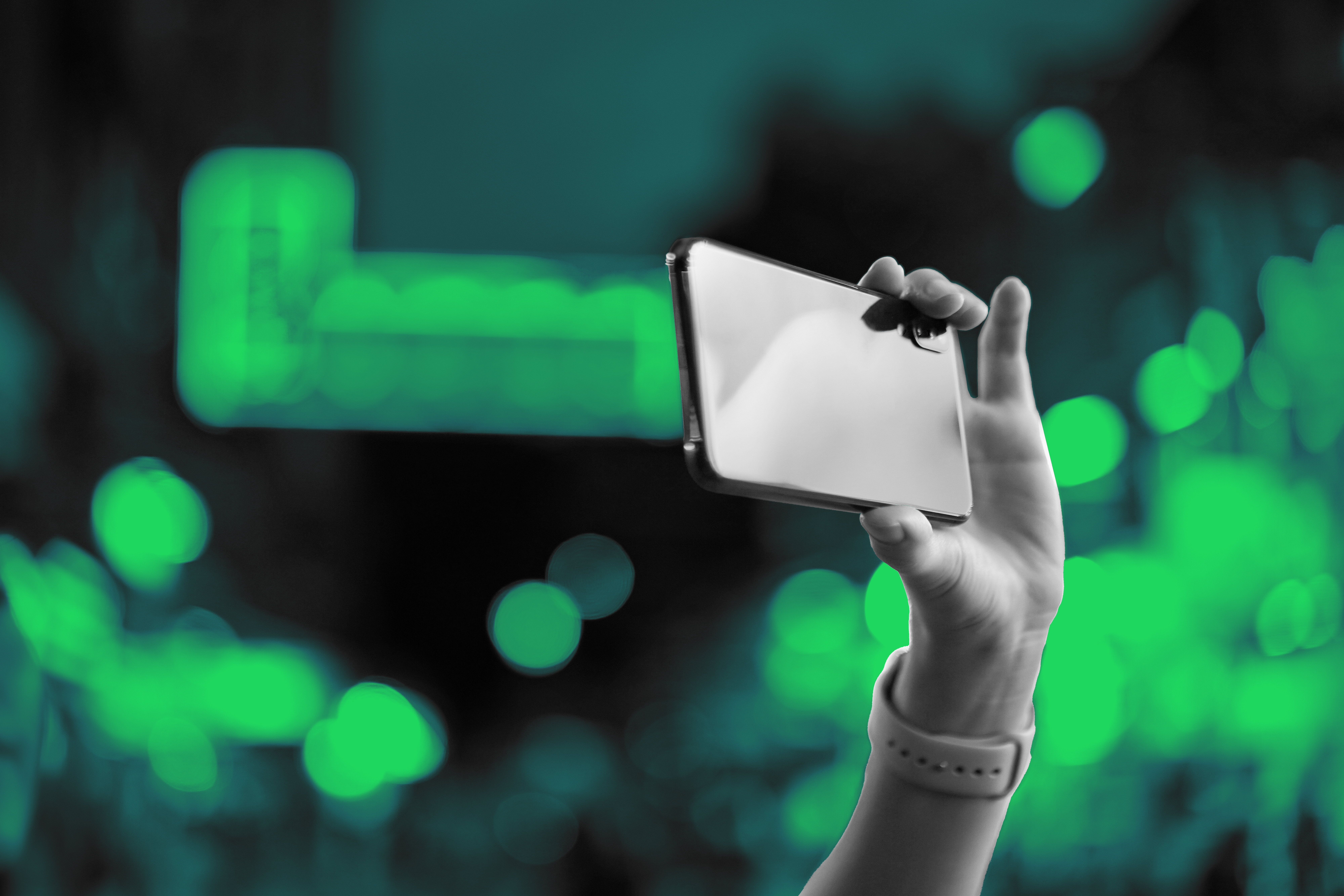Supercharge Your Paid Media with AI
July 9, 2024
Explore how AI revolutionizes paid media with hyper-targeted ads, smart bidding, and fresh creative strategies. Discover the secrets to boosting your campaign's ROI today.

July 9, 2024
Explore how AI revolutionizes paid media with hyper-targeted ads, smart bidding, and fresh creative strategies. Discover the secrets to boosting your campaign's ROI today.

Artificial intelligence has revolutionized the industry of paid media, transforming how marketers target audiences, generate creative content, and ad bidding. Leveraging AI has enabled marketers to dynamically pinpoint their audiences with unparalleled precision, resulting in better campaign performance and boosting ROI.
The impact of AI on marketing is indisputable – AI algorithms can boost leads by up to 50% and 95% of those who adopt AI are highly likely to achieve effective marketing strategies.
By aligning ads with user intent and behavior, AI optimizes engagement, presenting ads at the most opportune moments. As AI continues to integrate into every facet of digital marketing, the potential for growth remains vast.
When it comes to leveraging AI to build hyper-personalized ads, marketers should focus on these three key areas: customer segmentation, bidding, and creative assets.
Three Ways to Leverage AI for High-Converting Ads
#1 – Customer segmentation
Rather than targeting general groups, such as men ages 25-44 who live in Northern California, AI enables marketers to deliver hyper-personalized ads that are segmented based on user intent and behavior prediction. Leveraging AI allows for greater data analysis, which helps identify granular audience segments. These audience segments can break down user behavior into categories such as "bargain shoppers," "luxury brand enthusiasts," and "eco-friendly consumers."
AI can also predict future behaviors by analyzing both past interactions and real-time activities. By understanding user intent through these data points, marketers can target potential customers with exceptional precision.
For example, a retailer might leverage AI to anticipate which products a customer is likely to be interested in based on their purchase history, and then deliver personalized recommendations and targeted promotions accordingly.
These solutions are available directly in ad platforms such as Google, Meta, TikTok, and Amazon. Not to mention, Google Ads products such as Performance Max and Demand Gen, support these innovations, as well as Meta Advantage+.
Ultimately, AI transforms customer segmentation by uncovering high-potential prospects who might have been overlooked through traditional methods such as basic demographic analysis or past purchasing behavior. This precision not only attracts new customers but also accelerates the achievement of business objectives. By reaching audiences who are more likely to convert, AI ensures that marketing efforts are effective and efficient, driving faster and more impactful business outcomes.
#2 – Bidding
Automated bidding solutions have been a long-time staple in paid media. However, recent advancements in AI have significantly evolved these capabilities, making bidding not only more sophisticated but more profitable. Unlike traditional automated systems, AI leverages advanced algorithms to optimize bids in real-time to the most relevant user experience, ensuring that every dollar spent is maximized for the highest possible ROI.
AI incorporates a multitude of variables to form a holistic view of the shopper, allowing for dynamic bidding strategies that go beyond linear inputs.
For example, AI can analyze user behavior patterns, historical data, demographic information, and even real-time market conditions to adjust bids accordingly. AI can also monitor competitor actions and dynamically alter bid strategies to maintain a competitive edge.
Most ad platforms offer AI-driven bidding solutions (Amazon, Meta, TikTok, and Google for example), as well as platforms such as The Trade Desk, Display and Video 360, and Search Ads 360.
By incorporating a wider array of factors and understanding their actions at the individual user level, AI enables marketers to execute more precise and effective bidding strategies. This results in better-targeted ads, higher engagement rates, and ultimately, greater profitability.
#3 – Creative Assets
Something that marketers constantly have to battle is ad fatigue – ensuring that your audience doesn’t lose interest in your brand due to continually seeing the same ad, leading to decreased engagement and effectiveness of your marketing efforts.
AI is a transformative tool in combating ad fatigue. By continuously monitoring ad performance and leveraging real-time data, AI can generate fresh variations of both copy and creative. This ensures that your audience is consistently engaged with new and relevant content tailored to their behaviors.
Marketers can also leverage AI to expedite the creative process – for example, marketers can input assets such as a landing page to generate creative content that is not only aligned with the project goals but also resonates with the brand identity. By using AI, key elements such as messaging and visual tone are analyzed, which is used to develop copy and creative assets that are cohesive with the overall user experience.
These features are commonly built into ad platforms (Amazon, Meta, TikTok, and Google for example). Marketers can also leverage dynamic creative optimization (DCO) with built-in AI solutions in various ad platforms.
Additionally, marketers can provide AI platforms with assets like brand guidelines, past campaign data, audience insights, and current market trends to further refine and tailor the creative output. This holistic approach ensures that every piece of content is optimized to engage the target audience effectively, driving higher engagement and conversion rates.
The Wrap
AI has fundamentally reshaped paid media, enabling unparalleled audience targeting, sophisticated bidding strategies, and dynamic creative generation. As AI technology continues to advance, the positive impacts on marketing outcomes are expected to grow even further.
For organizations looking to stay on the cutting edge of AI in paid media, connect with MERGE’s dedicated team of media experts today.